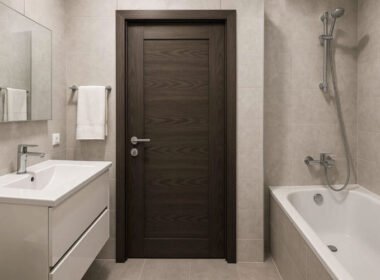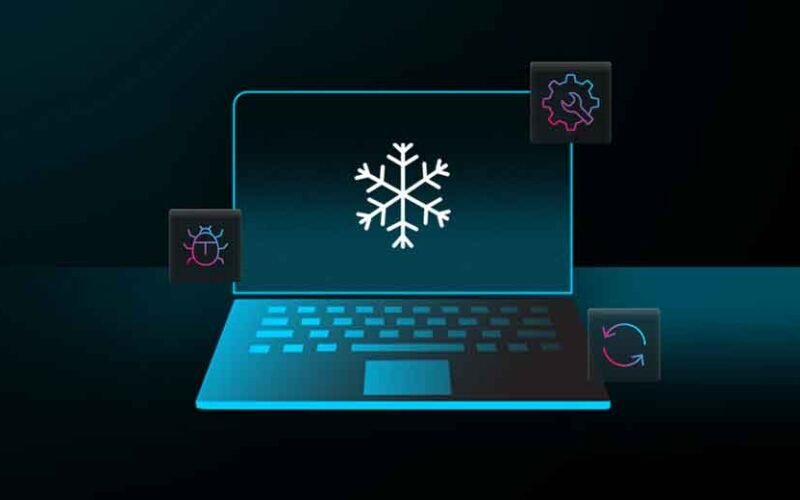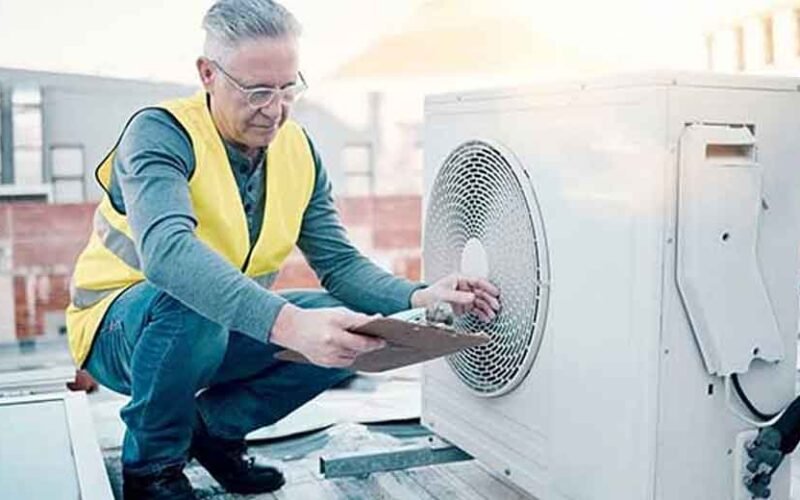Sometimes our desktop computers are like old cars—they sputter, hesitate, make strange noises, or just refuse to turn on when we need them most. While it’s easy to ignore the little hiccups and hope they’ll disappear, those early signs often point to deeper issues that can spiral into major problems if left unchecked. Recognizing when your desktop computer needs repair can save you time, money, and frustration. We will explore clear signs that indicate your system isn’t just having a bad day—it may be crying out for help.
Signs Your Desktop Computer May Need Repair
- It’s Slower Than a Snail With a Backpack
If your once-speedy desktop now takes ages to load programs or even boot up, something is off. A slowdown might be caused by something simple, such as too many background applications running simultaneously. However, when even basic tasks, like opening a folder or typing in a Word document, take forever, it could be an issue with the hard drive, RAM, or operating system. Dust accumulation inside the CPU can also lead to overheating, which in turn forces the system to throttle performance to avoid damage.
While occasional lag can be normal with older systems, consistent and worsening performance delays are a loud and clear signal that repair is necessary. In such cases, consulting reliable desktop computer repair services can help identify the underlying issue and restore your system’s optimal performance. Often, replacing a failing hard drive or upgrading the RAM can give your computer a new lease of life, but accurately diagnosing the root cause is essential.
- You Hear Noises That Remind You of a Coffee Grinder
If your desktop has recently started making sounds like it’s auditioning for a role in a horror movie, you should take notice. Clicking, grinding, or whirring noises often emanate from mechanical hard drives nearing the end of their lifespan. Fans that make rattling sounds might be clogged with dust or starting to fail. Either way, noises that weren’t there before—and certainly shouldn’t be there now—are warning signs that shouldn’t be ignored. The louder and more frequent the sounds, the greater the likelihood that internal components are wearing out. Continuing to use a machine that’s making aggressive noises could lead to complete hardware failure. You wouldn’t ignore a screeching sound coming from your car engine, and your desktop deserves the same attention.
- It Crashes Like It’s Trying to Win a NASCAR Wreck
If your desktop keeps crashing, either with the infamous “blue screen of death” or random restarts, your system is waving a big red flag. Crashes can result from software issues, corrupted drivers, faulty memory, or even overheating. In some cases, malware or failing power supplies can also be culprits. A crash occurring once every few months may be an isolated glitch, but frequent and unexplained system failures should never be overlooked. You may lose important files, unsaved work, or even render the system inoperable. Troubleshooting is essential, but if the root of the issue is hardware-related—such as bad RAM or a failing motherboard—it will require physical repair or replacement. Don’t keep rebooting and hoping for the best; this is a classic scenario where a professional diagnosis and repair could prevent permanent damage.
- Your Monitor Looks Like a Jackson Pollock Painting
Visual distortions such as flickering screens, random pixels, or distorted colors are more than just annoying—they often indicate issues with your graphics card or monitor. If your display frequently goes black or shows strange lines, your video output hardware may be malfunctioning. Graphics cards are known to overheat, especially when clogged with dust or after years of running graphics-intensive applications. In some cases, the monitor cable or the monitor itself might be faulty, but diagnosing the problem correctly is key. If you’ve already tried simple fixes like checking cables and updating drivers, yet the problem persists, there’s a good chance your graphics hardware is failing. Ignoring display problems can also strain your eyes, especially if you’re working long hours. Timely repair or replacement will ensure your system functions smoothly and safely.
- Software Starts Acting Like It’s Haunted
If your programs are suddenly glitching, closing on their own, or throwing error messages that make no sense, something deeper might be wrong. While a one-time app crash is usually harmless, recurring software issues may be indicative of corrupted files, an unstable operating system, or even malware. Viruses and trojans can hijack your system, slow down your computer, or cause programs to malfunction. In other instances, updates may have failed, or drivers may be clashing. When software starts acting unusually, identifying the source of the problem can be tricky, but consistent issues typically indicate that your system needs repair. Running antivirus software may help, but if the problem persists after cleanup or updates, the issue may be rooted in failing hardware or corrupted system files—both of which require more than a quick fix.
Identifying when your desktop computer needs repair is not always straightforward, but certain signs make the situation unmistakable. From slowing performance and strange sounds to visual issues and uncooperative hardware, your desktop often gives you early clues before things completely break down. Whether it’s a part that needs replacing, a system cleanup, or an overheating issue, addressing it on time ensures you can rely on your desktop when it matters most. A well-functioning system doesn’t just boost productivity—it saves you from future frustration.










